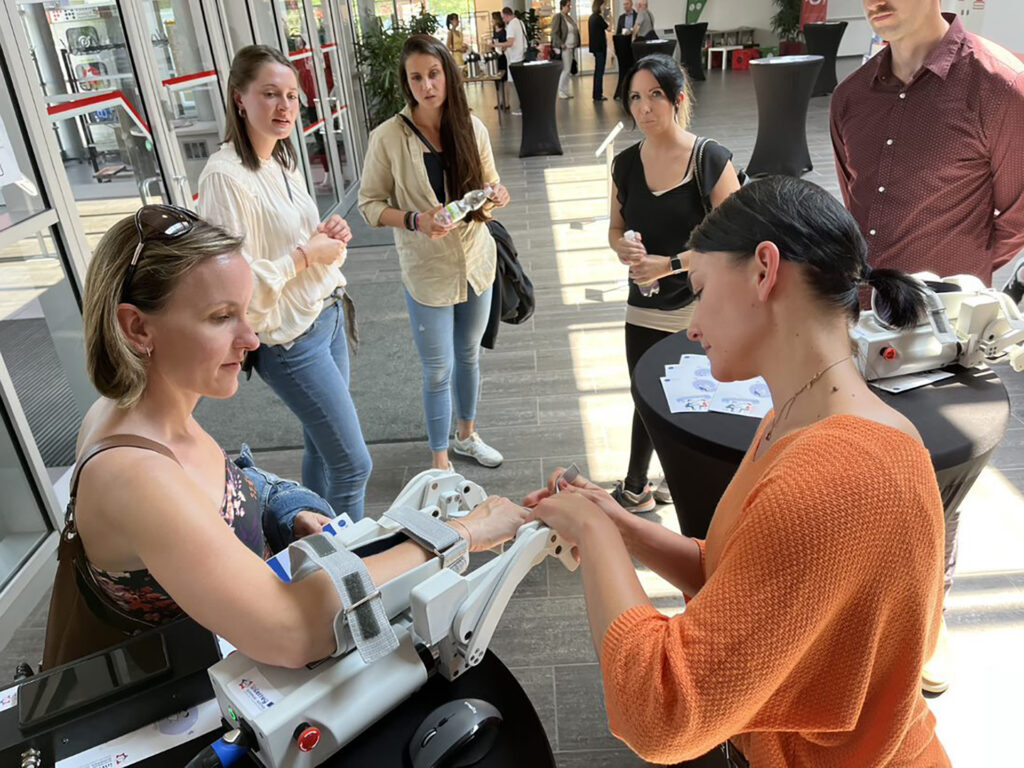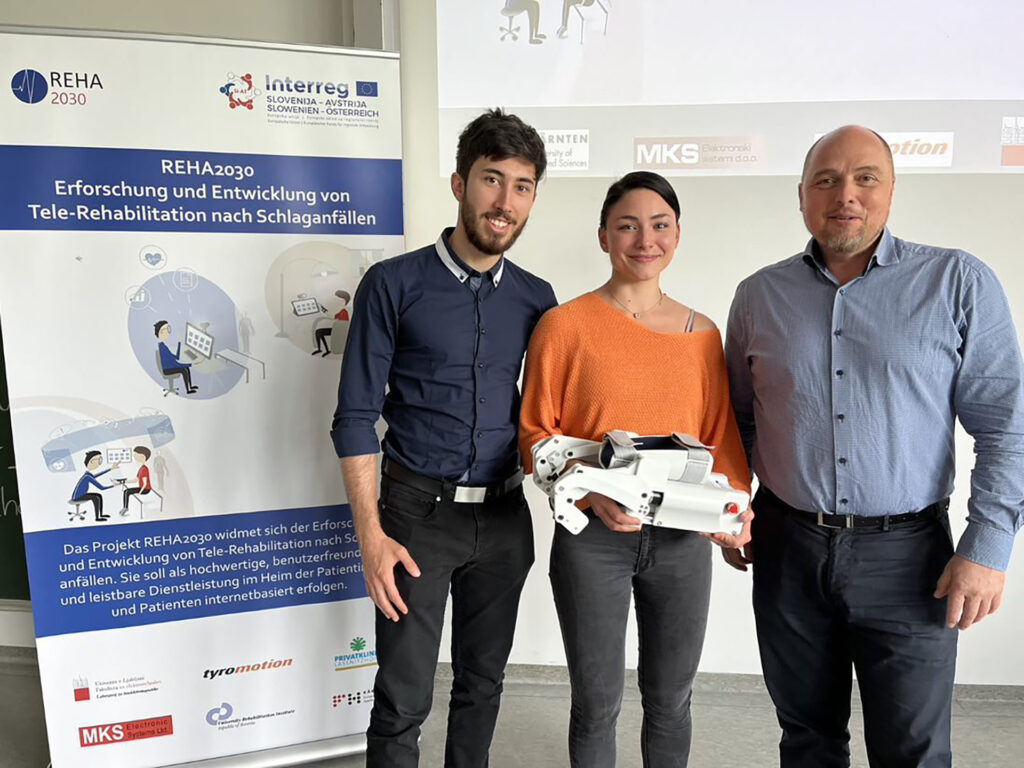Did you know that 3D printing can benefit stroke rehabilitation?
A stroke in Slovenia affects as many as 10 people every day, or 4 thousand people a year. The frequency of stroke is increasing with the aging of the population, so the need for rehabilitation, where the use of advanced solutions, i.e. robots or technologies based on robotic principles are becoming increasingly popular and will increase even more.
The Faculty of Electrical Engineering approached Chemets with the desire to physically produce a functional prototype of the REHA30.

Rehabilitation is also possible from home
As part of the REHA2030 project, Prof. Dr. Roman Kamnik and researchers Ana Mandeljc and Aleksander Rajhard, members of the Robotics Laboratory at the Faculty of Electrical Engineering of the University of Ljubljana, have developed a modern telerehabilitation device intended for hand rehabilitation, and movement after stroke.
It was about the presentation and possible obtaining of certificates for the use of the device for physiotherapy purposes at home. The device was developed for the rehabilitation of stroke patients, with the aim of continuing rehabilitation outside the clinical environment, for example in clinics or even at home.

As part of the REHA2030 project, prof. dr. Roman Kamnik and researchers Ana Mandeljc and Aleksander Rajhard, members of the Robotics Laboratory at the Faculty of Electrical Engineering, University of Ljubljana, have developed a modern tele-rehabilitation device intended for the rehabilitation of palm movement after a stroke.
We made 81 parts
In the initial phase, the customer wanted to manufacture individual pieces as quickly and cheaply as possible and to assemble the device. Therefore, in the first phase, we chose the technology of 3D printed pieces made of polyamide (PA).
This method made it possible to manufacture in a few days. At the same time, both in terms of technical and functional properties, the material met all the conditions for the first functional tests and verification of dimensional and structural adequacy.
In the second phase, the client wanted white parts made of metal, which ensured greater strength and thus a more robust construction of the device. For 81 pieces, aluminum (Al) milling technology was the most suitable from the point of view of time, execution, and price. In the end, we painted the finished pieces in white according to the RAL color scheme, thus ensuring the requirements and wishes of the client.

